Recommended Reading
- Anderson, Stanford, The Fiction of Function, Assemblage, no. 2, February 1987, pp 1931.
- Banham, Reyner, The History of the Immediate Future, Journal of the Royal Institute of British Architects, vol 68, no. 7, May 1961, pp 252260, 269.
- Casey, Edward S., Remembering: A Phenomenological Study, Bloomington and Indianapolis, Indiana University Press, 2000. First published in 1987.
- Cheng, Irene, Charles L. Davis II, and Mabel O. Wilson, eds, Race and Modern Architecture: A Critical History from the Enlightenment to the Present, Pittsburgh PA, University of Pittsburgh Press, 2020.
- Colonna, Francesco, Hypnerotomachia Poliphili: The Strife of Love in a Dream, trans. J. Godwin, London, Thames & Hudson, 1999. First published in 1499.
- Davis, Lennard J., Factual Fictions: The Origins of the English Novel, Philadelphia, University of Pennsylvania Press, 1996. First published in 1983.
- Edgerton, David, The Shock of the Old: Technology and Global History Since 1900, London, Profile, 2008. First published in 2006.
- Evans, Robin, Translations from Drawing to Building and Other Essays, London, Architectural Association, 1997.
- Evelyn, John, Fumifugium: Or, The Inconveniencie of the Aer, and Smoake of London Dissipated. London, B. White, 1772. First published in 1661 with a slightly different title.
- Forty, Adrian, Introduction in The Art of Forgetting, eds. A. Forty and S. Kchler, Oxford and New York, Berg, 1999, pp 118.
- Foucault, Michel, Technologies of the Self in Technologies of the Self: A Seminar with Michel Foucault, eds. L. H. Martin, H. Gutman and P. H. Hutton, London, Tavistock, 1988, pp 1649.
- Glacken, Clarence J.. Traces on the Rhodian Shore: Nature and Culture in Western Thought from Ancient Times to the End of the Eighteenth Century, Berkeley, University of California Press, 1967.
- Gould, Stephen Jay, Times Arrow, Times Cycle: Myth and Metaphor in the Discovery of Geological Time, London, Penguin, 1990. First published in 1987.
- Gregory, Richard, Eye and Brain: The Psychology of Seeing, Oxford, Oxford University Press, 1998. First published in 1966.
- Halbwachs, Maurice, The Collective Memory, New York, Harper Colophon Books, 1980. First published as La Mmoire Collective in 1950.
- Haraway, Donna J., Staying with the Trouble: Making Kin in the Chthulucene, Durham NC and London, Duke University Press, 2016.
- Hulme, Mike, Why We Disagree About Climate Change, Cambridge, Cambridge University Press, 2009.
- Isozaki, Arata, Japan-ness in Architecture, trans. S. Kohso, ed. D. B. Stewart, Cambridge MA and London, MIT Press, 2006.
- Lowenthal, David, The Past is a Foreign Country, Cambridge, Cambridge University Press, 1985.
- Merchant, Carolyn, Reinventing Eden: The Fate of Nature in Western Culture, New York and London, Routledge, 2003.
- Mithen, Steven, After the Ice: A Global Human History, 20,0005,000 BC, London, Weidenfeld & Nicolson, 2003.
- Morrison, Toni, Playing in the Dark: Whiteness and the Literary Imagination. Cambridge MA and London, Harvard University Press, 1992.
- Nagel, Alexander, and Christopher S. Wood, Anachronic Renaissance, New York, Zone Books, 2010.
- Palladio, Andrea, The Four Books on Architecture, trans. R. Tavernor and R. Schofield, Cambridge MA and London, MIT Press, 1997. First published as I Quattro libri dell architettura in 1570.
- Ricoeur, Paul, Objectivity and Subjectivity in History in History and Truth, trans. C. A. Kelbley, Evanston, Northwestern University Press, 1965, pp 2140.
- Rudofsky, Bernard, Architecture Without Architects: A Short Introduction to Non-Pedigreed Architecture, New York, Museum of Modern Art, 1964.
- Rudwick, Martin J. S., Bursting the Limits of Time: The Reconstruction of Geohistory in the Age of Revolution, Chicago and London: University of Chicago Press, 2005.
- Ruskin, John, The Seven Lamps of Architecture, New York, Farrar, Straus and Giroux, 1981. First published in 1849.
- Said, Edward, Culture and Imperialism, New York, Vintage Books, 1994. First published in 1993.
- Scully, Vincent, American Architecture and Urbanism, London, Thames and Hudson, 1969.
- Soane, John, Crude Hints towards an History of my House in L(incolns) I(nn) Fields in Visions of Ruin: Architectural Fantasies and Designs for Garden Follies, ed. C. Woodward, London, Sir John Soanes Museum, 1999, pp 53-78. Written in 1812.
- Tosh, John, The Pursuit of History: Aims, Methods and New Directions in the Study of History, London and New York, Routledge, 2015. First published in 1984.
- Trachtenberg, Marvin, Building in Time: From Giotto to Alberti and Modern Oblivion, New Haven, Yale University Press, 2010.
- Vasari, Giorgio, The Lives of the Most Excellent Painters, Sculptors, and Architects, trans. G. C. de Vere, New York, Random House, 2006. First published in 1550.
- Venturi, Robert, Complexity and Contradiction in Architecture, New York, The Museum of Modern Art, 1966.
- Vidler, Anthony, Histories of the Immediate Present: Inventing Architectural Modernism, Cambridge MA and London, MIT Press, 2008.
- Woolf, Daniel, A Global History of History, Cambridge, Cambridge University Press, 2011.
- Yates, Frances A., The Art of Memory, London and New York, Routledge, 1999. First published in 1966.
Architects of Fact and Fiction
Elizabeth Dow and Jonathan Hill
DOI: 10.4324/9781003231288-1
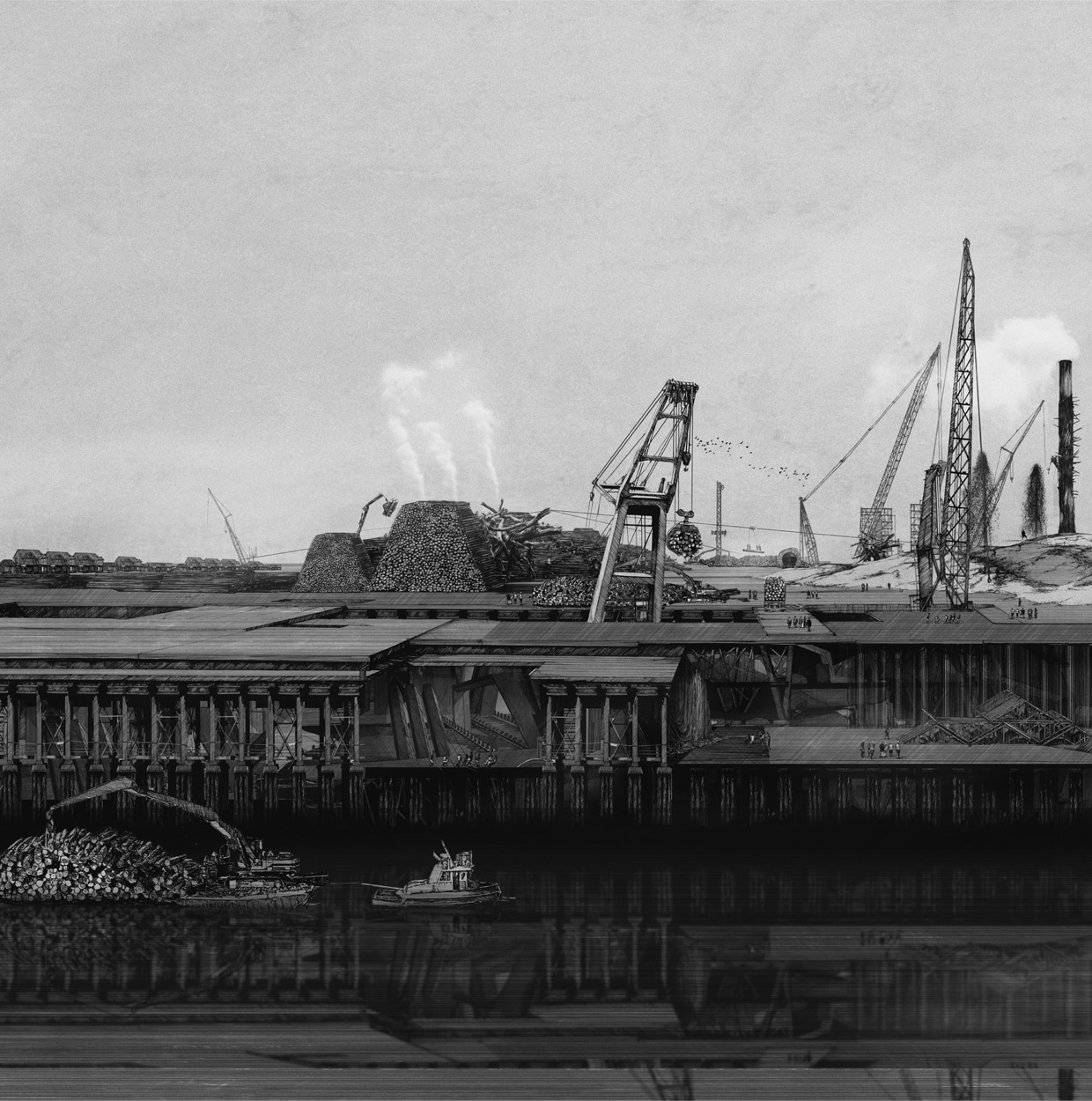 Tom Noonan, John Evelyn Institute of Arboreal Science, 2010. River panorama.
Tom Noonan, John Evelyn Institute of Arboreal Science, 2010. River panorama.As dialogical tutors, our aim is to create a coherent position that is also questioning and incomplete, and thus a stimulus to each persons creative development, facilitating a generous design community of individuals. We encourage each student to develop their own creative myth, an evolving collection of ideas, values and techniques that spurs design, and to foster friendships and associations that will sustain future careers.
At the start of the academic year, we galvanise Unit 12 students at The Bartlett School of Architecture, UCL, to trust intuition as a form of intelligence based on knowledge and experience, identifying a catalyst to the imagination that can then develop in conjunction with critical reflection. A creative dialogue should also exist between design intention and working medium. Often, the most fruitful innovations develop between distinct but related media, such as analogue and digital drawing, encouraging the designer to conceptualise their place within this process. Design is a form of critical and creative play, tricking and surprising us to understand and question presumptions and prejudices.
Our concern is the relevance of the past recent or distant to the present and future, speculating on the question: how and why might this happen now? As well as history, we are interested in personal history. When everybody else is looking at one time and place, its always good to look elsewhere as a discovery may be yours alone, and thus more surprising for everyone. Exceptional architects are exceptional storytellers. Such tales have special significance when they resonate back-and-forth between private inspiration and public narrative.
Architecture is about bricks and mortar and concrete does follow formwork, but these seemingly quite pragmatic statements can and often do mask the complex set of research questions that each student and architect must ask themselves to determine the when, why, how, from what and for whom a building might be constructed. Whilst we see speculation and an ability to conflate fact and fiction as a vital part of our approach to the study of architecture, this does not mean that Unit 12 students do not have equal determination and genuine passion to understand how architecture is built, from inception to completion, appreciating the joy of the small detail that informs the big picture. To suggest that architectural practice is the real world, and education is somehow less real, misses the point. It fails to recognise that building the skills of speculation, the ability to ask what if?, and the rigour of constructing a research-based position, allow each student, and subsequently each architect, to be much more able to hold their ground and convince others.


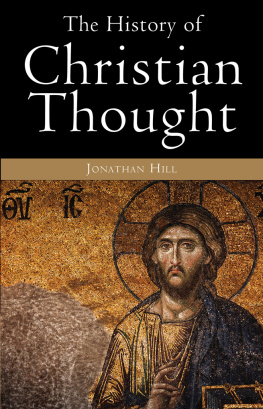

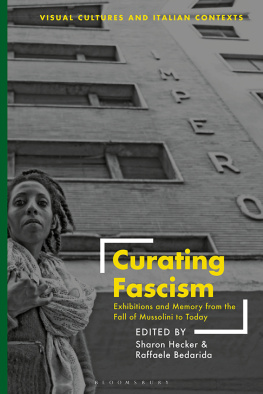
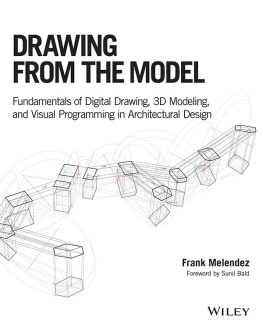
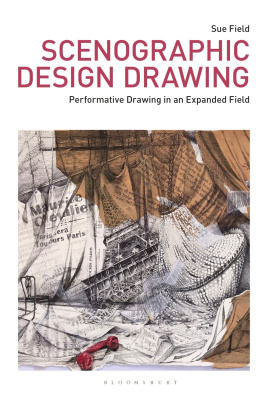
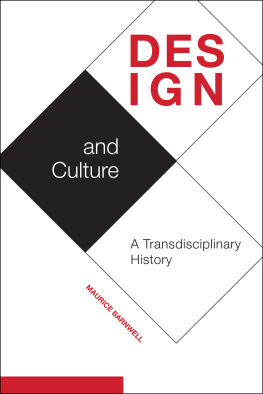
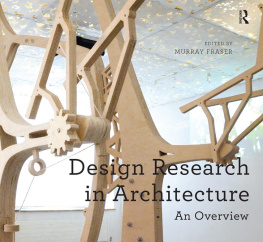
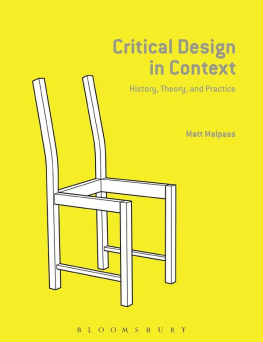
 Tom Noonan, John Evelyn Institute of Arboreal Science, 2010. River panorama.
Tom Noonan, John Evelyn Institute of Arboreal Science, 2010. River panorama.